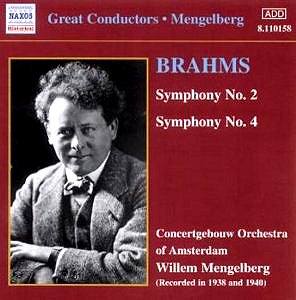 Composer: Gabriel Pierné
Composer: Gabriel Pierné
Works: Cydalise et le chevre-pied – ballet in three scenes (1915)
Performers: College Vocal de la Cathédrale de Metz, Orchestre Philharmonique du Luxembourg, David Shallon (conductor)
Recording: Conservatoire, Luxembourg: 29 May-2 June 2000
Label: Timpani 1C1059
Gabriel Pierné, a talented composer of the early 20th century, often found himself in the shadows of his more illustrious contemporaries. Yet, his ballet “Cydalise et le chevre-pied,” completed in 1915, stands as a testament to his mastery of orchestration and melodic invention. This work, which blends pastoral themes with hints of exoticism, invites listeners into a fantastical world populated by nymphs and fauns. The ballet, particularly in the context of French music post-Debussy and Ravel, reflects a nuanced interplay of influences, notably from Szymanowski and the romanticism of Franck and Massenet.
The performance under David Shallon is noteworthy for its rhythmic precision and vibrant orchestral color. The Orchestre Philharmonique du Luxembourg, while perhaps lesser-known, delivers a richly textured sound that captures the essence of Pierné’s orchestration. The woodwinds, especially the clarinet, emerge as key players in articulating the character of Styrax, whose motif morphs with delightful ingenuity throughout the ballet. The delicate interplay between the choir and orchestra during the hushed opening immediately sets a pastoral scene reminiscent of Szymanowski’s “King Roger,” yet distinctly French in its character.
Shallon’s interpretation is marked by a keen understanding of the ballet’s dramatic arc. The pacing remains brisk, ensuring that the lush melodies do not languish. In Act I, the climactic dance lesson transitions into a surging melody reminiscent of John Williams’ cinematic flair, yet Pierné’s thematic development is far more sophisticated; it is an exercise in orchestral economy, where ideas are presented, transformed, and then left to linger momentarily before moving on to the next captivating motif. The use of saxophone, alongside the traditional orchestral palette, enhances the exoticism of the score, while the harpsichord in Act II, typically a device that can feel forced, here adds a lightness that complements the orchestral textures.
The recording quality is exemplary, with a clarity that allows each instrumental layer to shine. The engineers have succeeded in capturing the nuances of Pierné’s orchestration, from the whisper of strings to the exuberant bursts of brass. Such careful attention to balance is crucial, especially given the large orchestra employed in this work. The rhythmic vitality and suitable tempos chosen by Shallon further enhance the performance, ensuring that the overall sound is both cohesive and distinctly French, despite its Luxembourgeois origins.
Comparatively, “Cydalise et le chevre-pied” has not enjoyed the same recording legacy as other ballets of the era. This release stands out not only for its interpretative clarity but also for its scholarly commitment to presenting Pierné’s work with integrity. While other notable recordings exist, particularly those from the earlier 20th century, none capture the full vibrancy and charm as effectively as this rendition.
Pierné’s “Cydalise et le chevre-pied” emerges as a compelling testament to his artistic voice, deserving of a place in the concert repertoire. The performance by David Shallon and his ensemble excels in revealing the work’s rich textures and melodic beauty, making this recording a definitive introduction to a composer who, despite being overlooked, offers a wealth of musical riches.



